It's time we took a broad look at our aviation - where we are now and where we are going. Now that the Boeing Company has displayed its latest beauty - the 787 Dreamliner ( and a beauty it is), we'll get on our way. We don't have to look far or deep to see that we have major problems - some that have existed for some time and some that are just beginning. Actually, we need the Boeing Dreamliner at this moment to satisfy the ever-increasing demand of the air travelling population and to replace some of the smaller, ageing fleet of airline airplanes.
The airplane and its extended range of miles has made air travel available to all kinds of travelers - to anywhere - from 300 to 10,000 miles. There is no question that air travel is the primary mode of transportation. It has been reported by the Travel Industries Association that Americans will spend $733.9 billion in 2007, rising to $821 billion by 2010. Moreover, international visitors are pouring in, rising 7% annually.
But the travelers are having constant difficulties. There are flight delays, baggage problems, non-direct travel, airport security problems (often airports are suddenly closed due to terror threats leaving thousands of passengers stranded in airplanes on the tarmac without food and sustenance, causing rebooking with additional fees, and other problems). The airlines, large and small, are having scheduling problems, airspace control, security, and summer weather problem delays. Only a few of the high-altitude flying jets, with all the advanced digital equipment, manage the point-t0-point flight without delay.
The FAA is in the midst of a funding and next-generation planning crisis, trying to resolve problems before September 2007, when the Administrator's term expires. A new Administrator may not be appointed in time to take over some of the equipment and training problems. The Air Traffic Controllers have their problems and are asking for more money. Reportedly there is a shortage of Controllers and much of the advance equipment they need is not in evidence and many are not trained in the new equipment. FAA has proposed user fees for General Aviation (GA) operations (reportedly instigated by the airlines), which is currently being considered by both Houses of Congress. Congress appears ambivilent and not very knowledgeable concerning the everyday workings of aviation. The GA pilots are incensed regarding the prospect of user fees, and all say that they cannot afford the costs of user fees and will have to quit flying. AOPA and NBAA are fighting the battle for the GA pilots. Additionally, certificate fees are scheduled to be increased and fuel prices for 100LL octane and jet fuel are scheduled for higher taxes.
There is no doubt that we have a shortage of pilots - airline and otherwise -and the need will increase. Where are the future pilots coming from? Some airplane manufacturers are providing ground and flight training in their airplanes - particularly jet training. And there are hundreds of private Insructors begging for students. The response for pilot training has not been overwhelming.
Airports are being crowded out by aggressive Contractors who insist on building houses in established airport areas, too often condoned by local politicians. Part 135 Operators (Commuter and On Demand Operators) are now involved in renting or leasing jets and prop-jets because they cannot afford to buy them. And the problems go on.
I'm only one small voice, but I'm getting louder all the time. The truth of the matter is that the would-be pilot cannot afford high-cost training and equipment. It is time for Congressional oversite on all of these problems - our government should be the leader.
There are ways to sensible attack these problems. For starters, why not begin with a govt-sponsored ground and flight training for new pilots - on a competitive or low-cost basis - to provide pilots for GA, Part 135 and Part 121(airline) operations. For the oversite and operation of the FAA and the Airline problems, why not focus on a new Civil Aeronautics Board (or something similar) to provide stability and economic well-being.
We are not doing too well regarding safe flight, either. For the month of June 2007, NTSB reported 102 aircraft accidents, 26 fatal accidents accounting for 56 fatalities. GA accounted for 72 accidents, Air Carrier (Part 121) 6 accidents and incidents, and commuter Operations (Part 135) 5 accidents. Agriculture Operations (part 137) accounted for 7 accidents, and there were 2 Public Use accidents. The remainder were of foreign origin.
If you would like to hear more or if you have comments , please contact me. RS.
Subscribe to:
Post Comments (Atom)

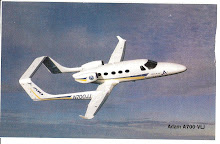

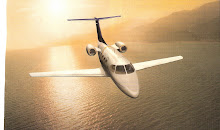


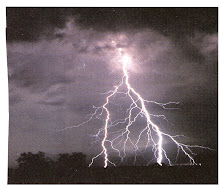

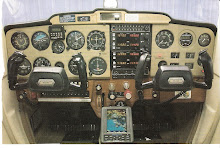
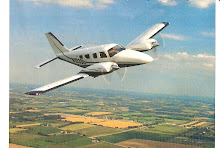
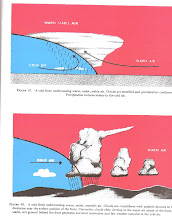
No comments:
Post a Comment